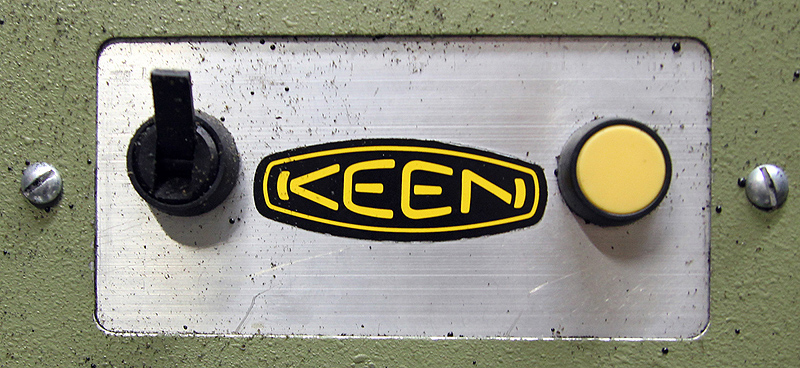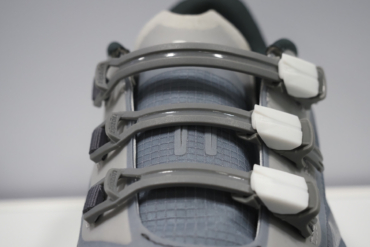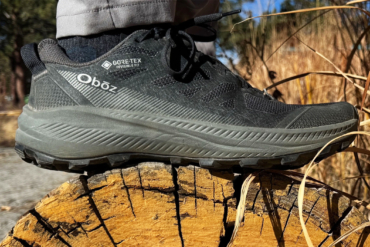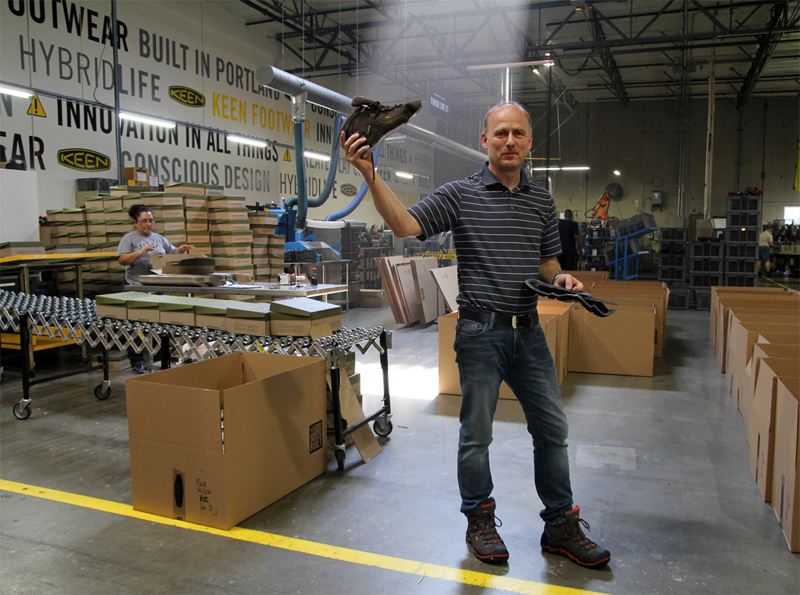
Unfinished and ready for assembly, the footwear pieces arrive at the factory in Portland, Ore. Machines and human hands work together to forge, weld, cut, snip, grind, and produce hundreds of boots and shoes a day.
KEEN Footwear, the company that operates the Portland facility, is clear that many of the shoe components come from overseas. There are flag graphics and “American Built” badges stamped on some of the finished footwear to show where the product is assembled.
Headquartered in Portland, KEEN takes pride in its domestic factory and offering local manufacturing jobs, even if it can’t say exactly “Made In The USA.” Indeed, a renewed focus by the Federal Trade Commission on promotional wording has brands rethinking how to label gear.
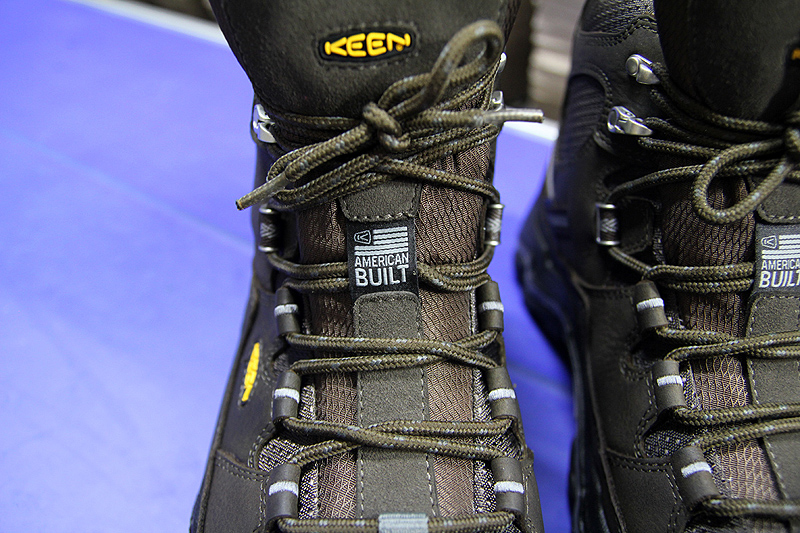
In short, government regulations prevent companies from using the “made in” nomenclature unless “all or virtually all” parts of a product come from U.S. sources. (See the Bureau Of Consumer Protection’s “Complying with the Made in USA Standard” page for more detail.)
For something like a shoe — which has dozens of components, from thread to lace eyelets to sole rubber — domestic sources may be difficult or impossible to find.
Most Americans wear footwear made outside of their home country. But a trend of consumers caring more about product origin has brands looking harder at U.S. manufacturing.
“Building product in our Portland factory is part of a long-term strategy for the brand,” said Linda Balfour, marketing director at KEEN. In addition, KEEN notes in-country facilities can keep a company more nimble to market demands, from design tweaks and product testing, to shipping logistics.
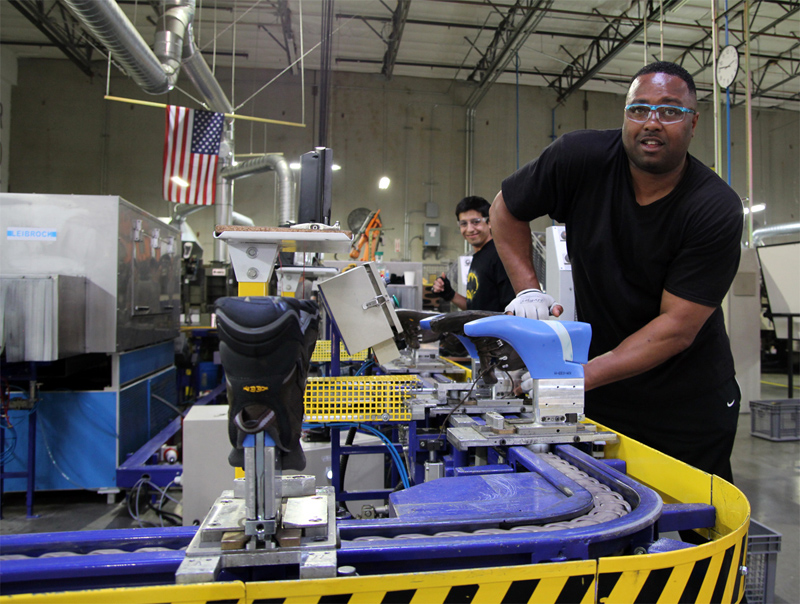
This week I went to Portland to see the KEEN factory in action. On the edge of town, the building hums with assembly lines and robot arms, one of which I saw snatch a shoe and grind its edge with an articulated arm.
Human workers give the factory life, with up to 35 people employed when busy to build shoes and boots. In its 38,000-square-foot space the company estimates it may soon output 1 million pairs a year.
I watched as workers assembled a boot, the company’s just-released Durand WP model. It came in five main pieces from foreign plants, including a detached sole and an upper.
A footbed, support shank, and laces are separate parts. But a system of heated chambers, conveyor belts, shoe lasts, grinders, and a rotating injection station complete a circuit that can spit out a new pair of Durand WP boots in 20 minutes flat.
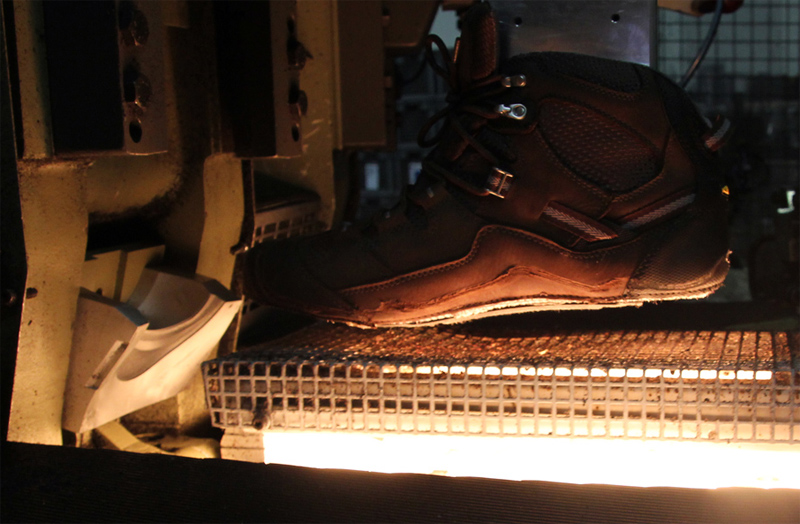
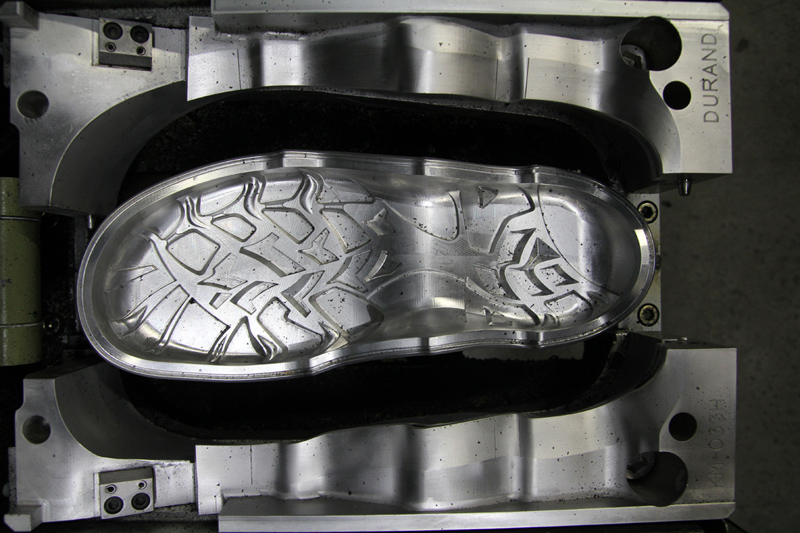
KEEN touts certain steps in the boot-building process as being unique to its U.S. facility, including a polyurethane-injection procedure that forces a quick-hardening concoction in between the upper and the sole.
The company contracts a U.S. supplier to get a special polyurethane type it believes is superior for the midsole foam. (It is lighter, more cushioned, and more resilient than traditional polyurethane, KEEN cites.)
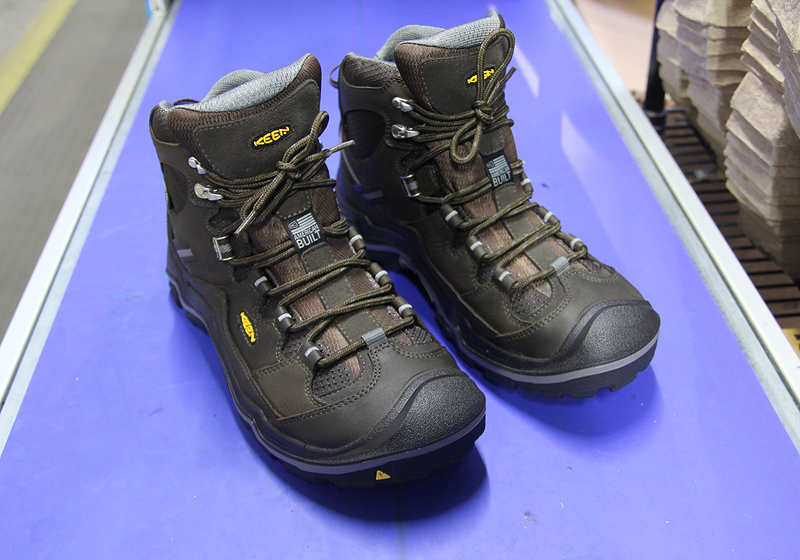
I tried on the Durand WPs as the polyurethane was still warm, taking a short walk across the manufacturing floor.
An employee was pounding a shoe into shape with a hammer. Another worker wielded a knife, trimming a sole edge by hand.
All around, footwear was not being “made,” according to the FTC. But most certainly KEEN and its U.S. workers were “building” boots.
—Stephen Regenold is editor and founder of GearJunkie.
